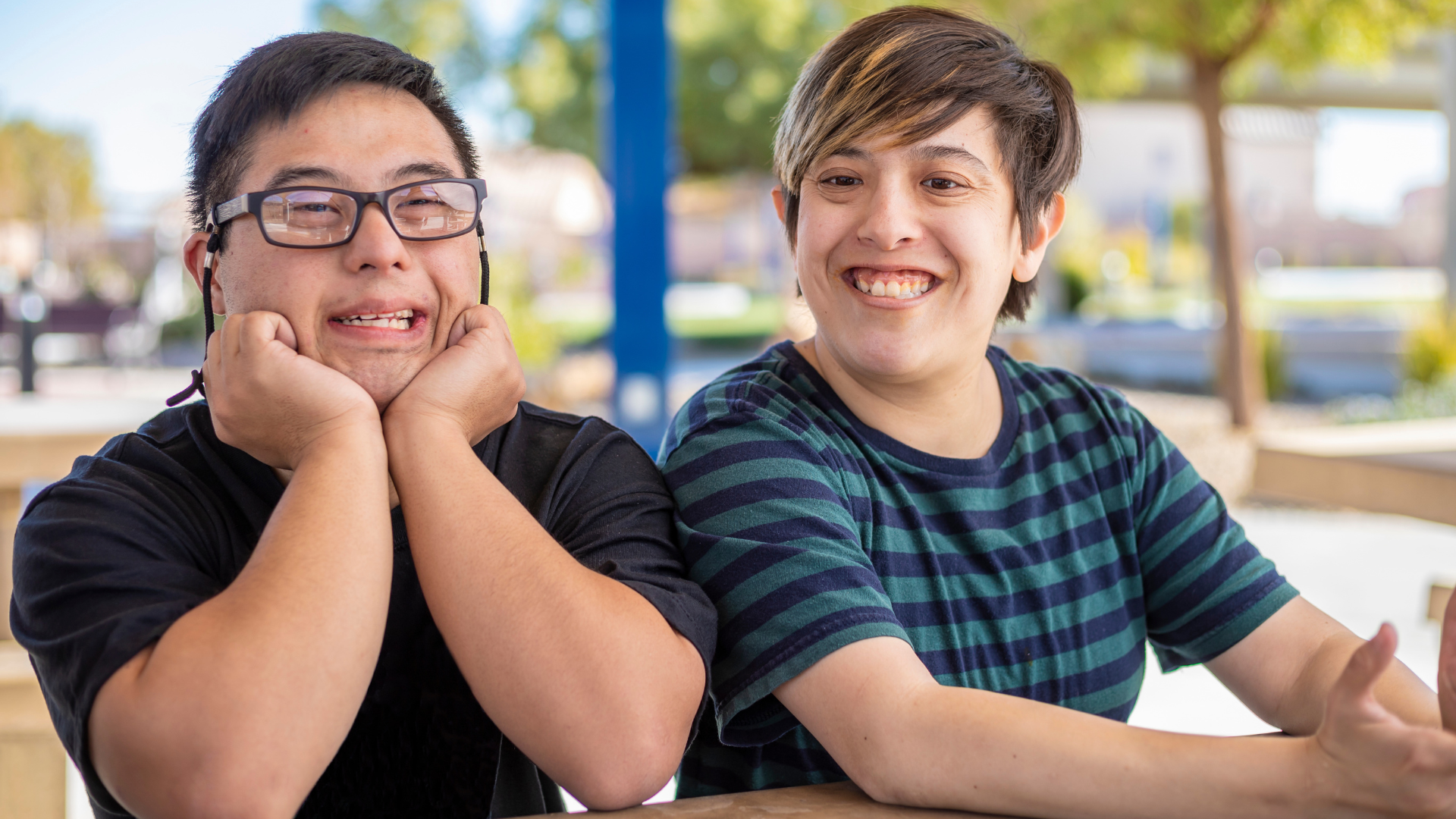5 Ways Caregivers Can Get a Break, Without Losing Peace of Mind
If you’re a caregiver for a disabled teen or adult, you’ve probably heard it:
“You need to take care of yourself, too.”
Easier said than done, right?
It’s not that we don’t want a break. It’s that stepping away often feels impossible, because there’s no safe place to go, no flexible programs, no one who fully gets it.
That’s why we created the Disability Innovation Hub: a community space where your loved one can engage, reset, or just be, so you can too.
Here are 5 real ways you can take a breather, without losing peace of mind.
1. Use Drop-In Community Spaces with Low Demand
Many day programs or activities require full-time enrollment, set schedules, or paperwork marathons.
But some spaces, like the Hub, let members come and go on their own terms. That means your person can spend 2 hours or 6 hours in a sensory-friendly environment without pressure to perform.
You can grab coffee. Take a nap. Schedule your own appointments. Knowing they’re safe, supported, and not being forced into “participation.”
2. Access Respite Care Funding or Mini-Teams
Colorado offers several pathways to respite funding through Medicaid waivers or FSSP. You can also build a small network of part-time support people, think college students, DSPs, or therapy aides, to rotate a few hours a week.
If you don’t know where to start, Navigating Disabilities Colorado has a free Respite Care Guide that’s a great first step.
3. Try Mini-Transitions Before Full Program Jumps
Not everyone can jump into a full-day or full-week support program.
That’s why we love mini-transitions, like visiting a space for an hour at a time, or once a week, to build familiarity and confidence. At the Hub, we see this work every single week.
It’s ideal for those with anxiety, school-based trauma, or PDA (Pathological Demand Avoidance) who need to move at their own pace. And it helps caregivers ease into the idea of shared care without worry.
4. Support Peer-Led Independence
At the Hub, many members show up with light support, or none at all, and find connection through shared interests (like art, writing, music, or puzzles). The environment itself is designed to be self-directed, which fosters organic independence over time.
For caregivers, that means space to breathe without forcing a “goal” onto the day.
5. Build a Break Into Your Routine
When you know there’s a space your loved one enjoys, and that’s staffed by people who respect autonomy, you can start scheduling consistent breaks for you.
You don’t need to justify it. Your needs matter. And breaks don’t make you less committed, they make you more sustainable.
Want to Try the Hub for a Day?
You can book a free guest pass for your loved one to visit the Hub and:
Explore the space
Meet our team and members
See what it feels like to spend a few hours in community, not just in care
Whether you’re hoping for a weekly breather or just a place that says “yes” when you need one, we’re here.

